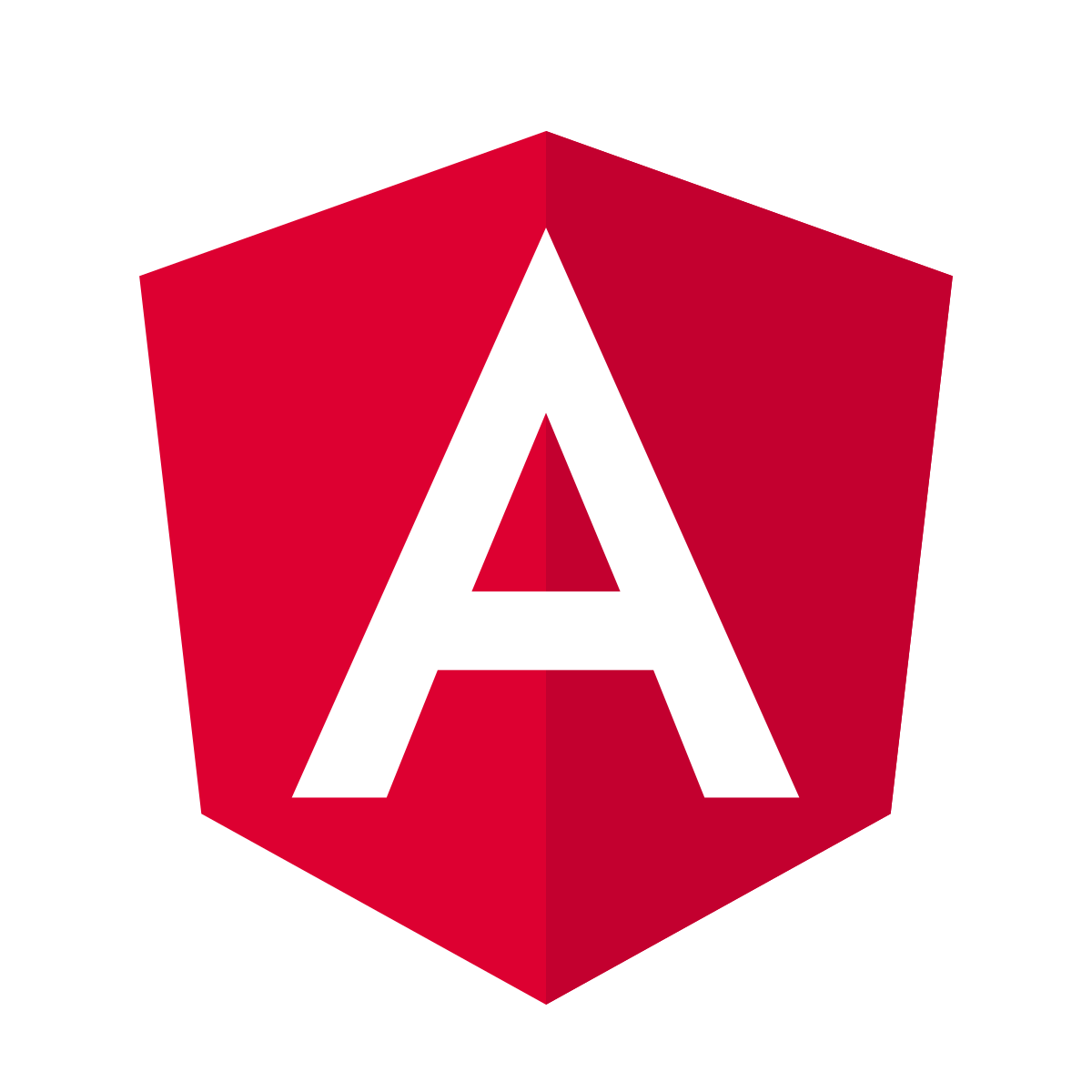Author: therichpost
-
Angular 8 Scrollspy working example
Hello to all, welcome again on therichpost.com. In this post, I will tell you, Angular 8 Scrollspy working example. Post Working: In this post, I am showing scrollspy in Angular 8. Here is the working code snippet and please follow carefully: 1. Very first, here are common basics steps to add angular 8 application on…
Written by
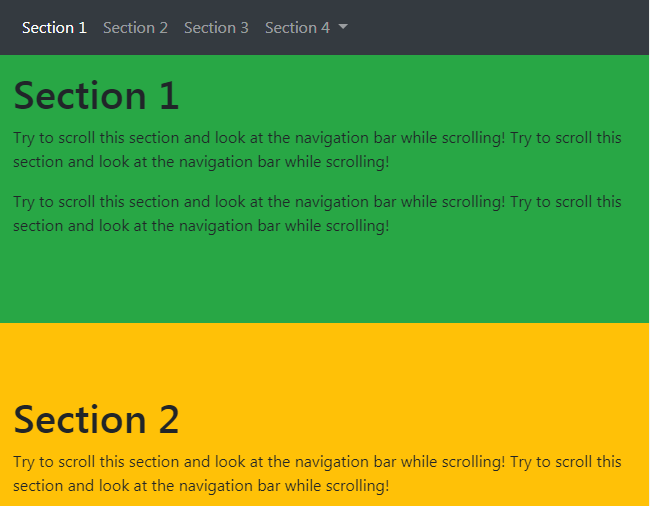
-
Angular 8 Google Charts working example
Hello to all, welcome again on therichpost.com. In this post, I will tell you, Angular 8 Google Charts working example. Post Working: In this post, I am showing google pie chart in Angular 8. Here is the working code snippet and please follow carefully: 1. Very first, here are common basics steps to add angular…
Written by
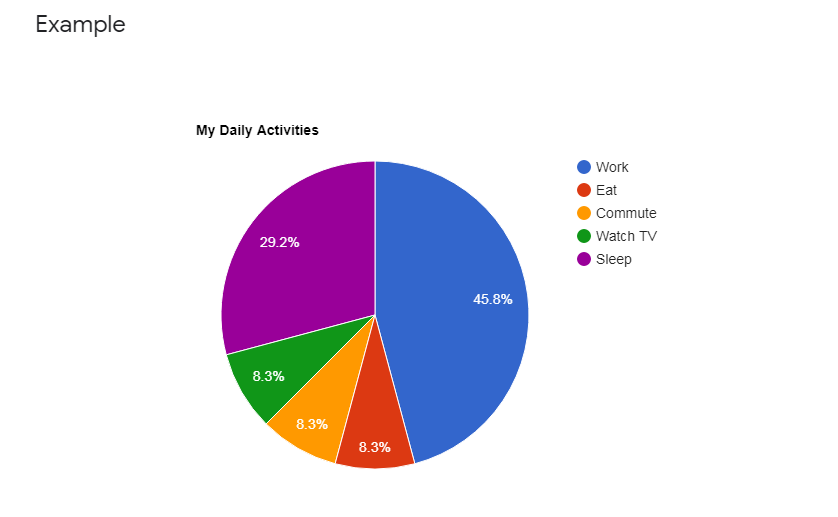
-
Angular 8 owl carousel with Laravel 6 backend images
Hello to all, welcome again on therichpost.com. In this post, I will tell you, How we can implement Owl Carousel in Angular 8 and How to show images in that Owl Carousel with Laravel 6 backend. Post Working: In this post, I am implementing Owl Carousel in Angular 8 and showing images in that slider…
Written by
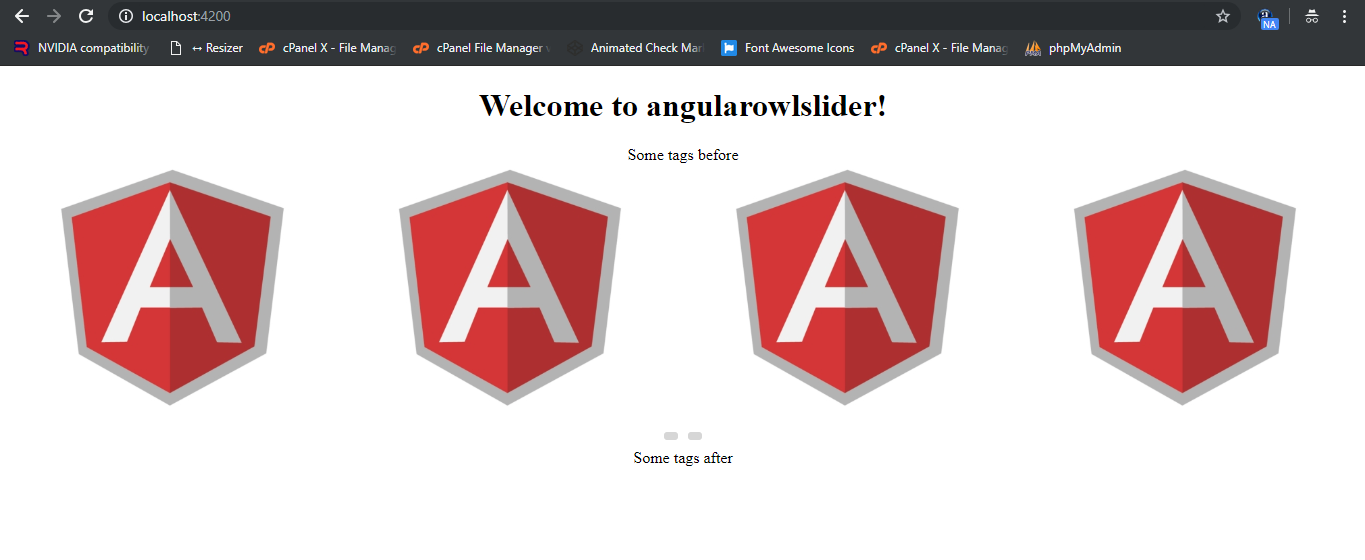
-
How to upload multiple images in laravel 6 with ajax?
Hello to all, welcome to therichpost.com. In this post, I will tell you, How to upload multiple images in laravel 6 with ajax? Post Working: In this post, I am uploading multiple images in laravel 6 with ajax. Here is the working code snippet and please follow carefully: 1. Here is the code , you…
Written by
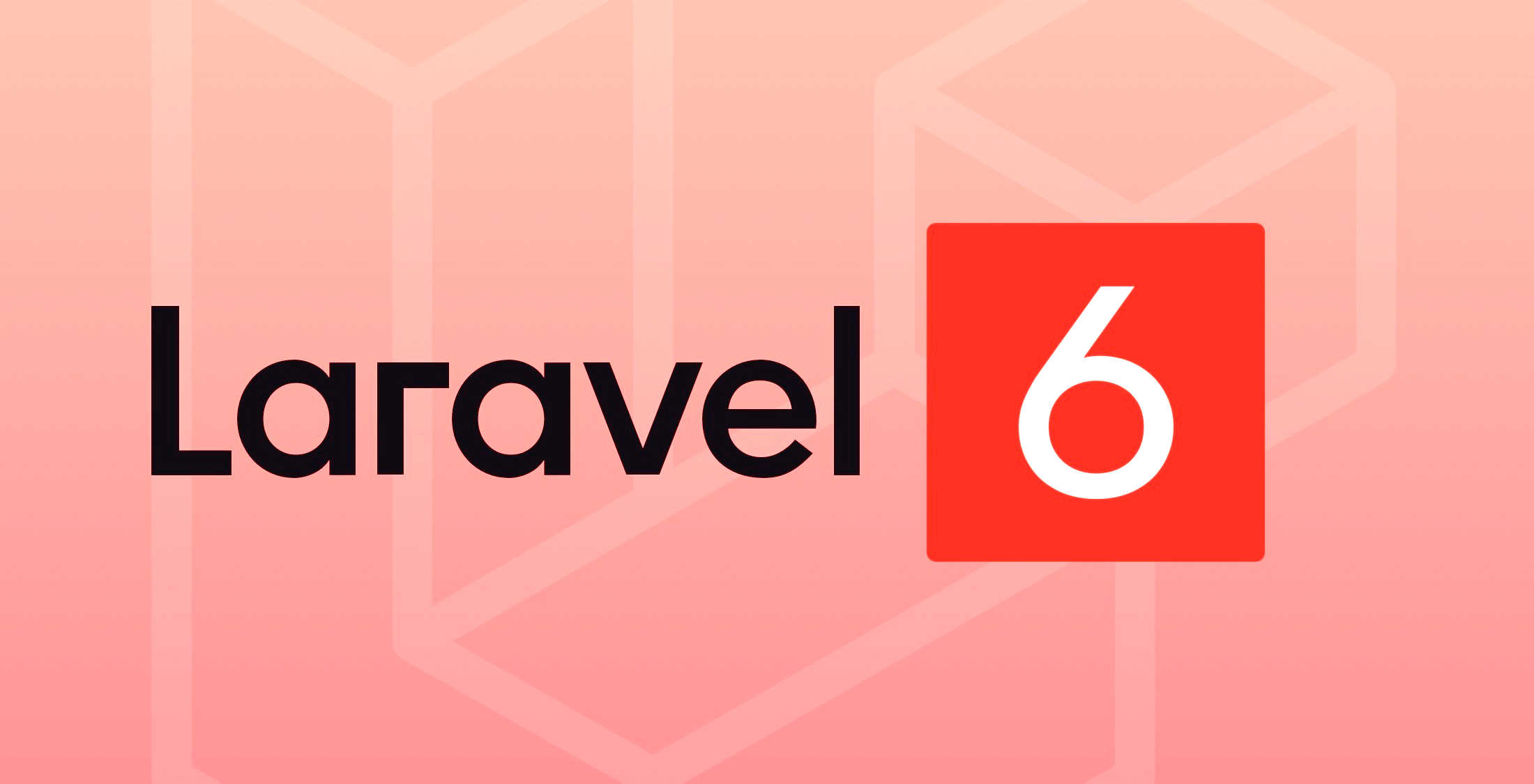
-
How to upload multiple images in laravel 6?
Hello to all, welcome to therichpost.com. In this post, I will tell you, How to upload multiple images in laravel 6? Post Working: In this post, I am uploading multiple images in laravel 6. Here is the working code snippet and please follow carefully: 1. Here is the code , you need to add into…
Written by

-
Redirect uppercase to lowercase urls in WordPress
Hello to all, welcome to therichpost.com. In this post, I will tell you how to Redirect uppercase to lowercase urls in WordPress? Post Working: In this post, I am doing, wordpress urls redirect uppercase to lowercase(wordpress case sensitive urls) with the help of jquery. Here is the working code and you can add this into…
Written by

-
Solved Laravel Angular cors issue
Hello to all, welcome to therichpost.com. In this post, I will tell you, Solved Laravel Angular cors issue. Post Working: In this post, I will make laravel cors middleware, which will remove the cors issue during Angular laravel API call to get the data in Angular Application from laravel. I am doing this in Laravel…
Written by
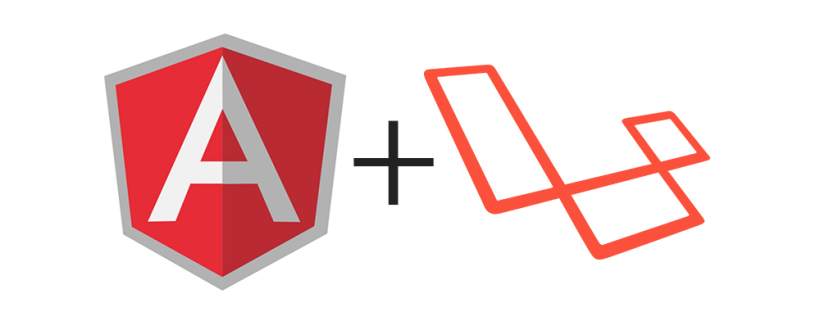
-
Angular 8 input phone number with country code
Hello to all, welcome to therichpost.com. In this post, I will tell you, Angular 8 input phone number with country code. Guy’s this post code snippet will also work in angular latest version Angular 17 input type phone number with country code and country flags. Guys click here to see the updated version of this…
Written by
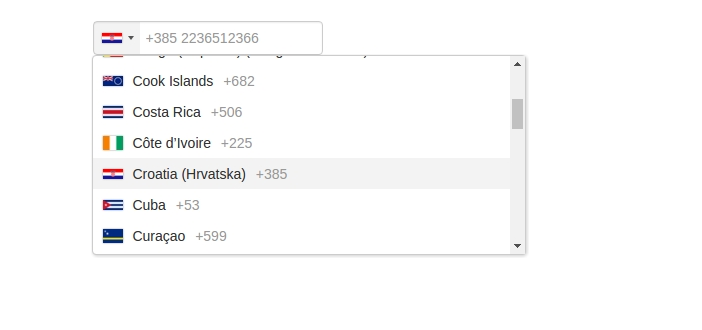
-
Angular playing API data
Hello to all, welcome to therichpost.com. In this post, I will tell you, how to playing with API data in Angular 7, Angular 8 and Angular 9. Post Working: In this post, I will show the code snippet in which I am getting data from laravel in json format and I am getting that json…
Written by
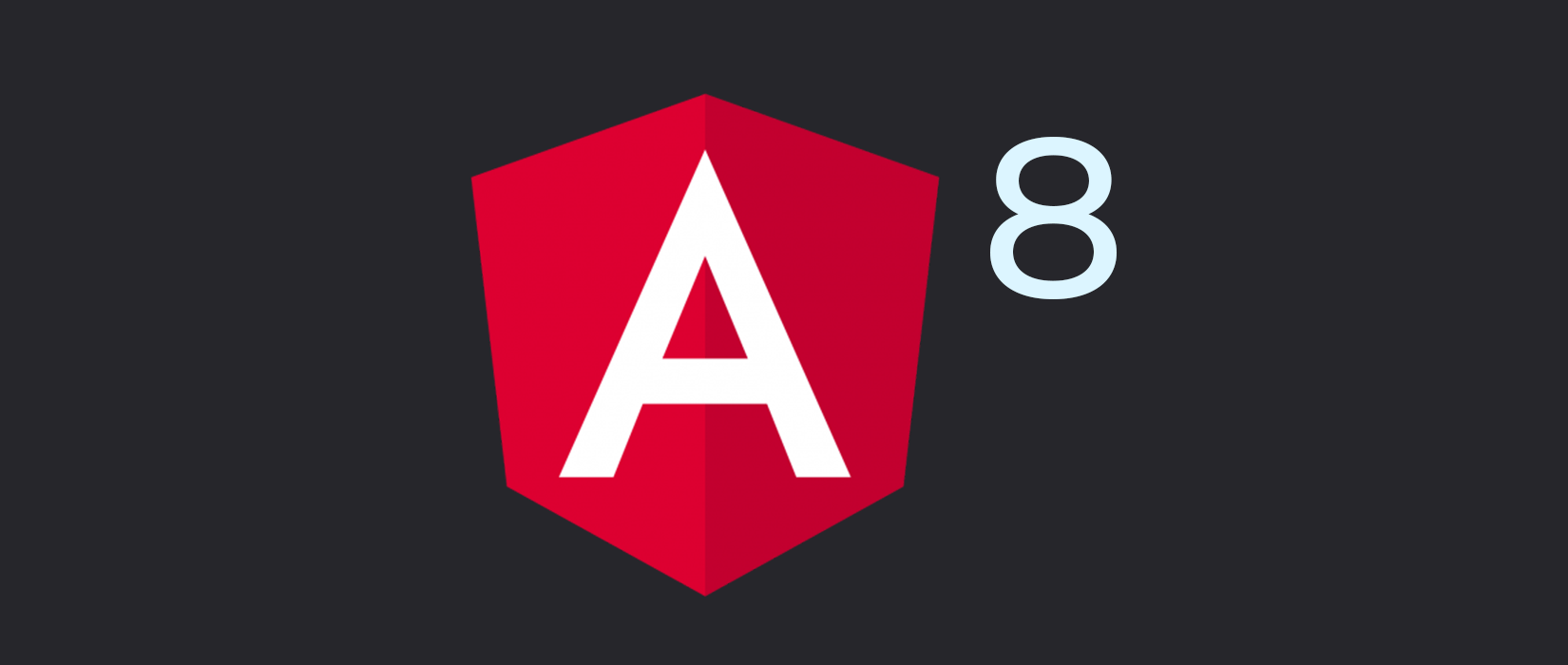
-
Angular 7,8,9 useful 5 hacks
Hello to all, welcome to therichpost.com. In this post, I will tell you, Angular 7,8,9 useful 5 hacks. 1. Limit string length in angular: <p class=”card-text”>{{item.description | slice:0:100}}…</p> // This will show first 100 words 2. String replace in Angular: <p class=”card-text”>{{item.title.replace(‘ ‘,’-‘)}}</p> // This will replace empty space with – 3. String Lowercase in…
Written by
